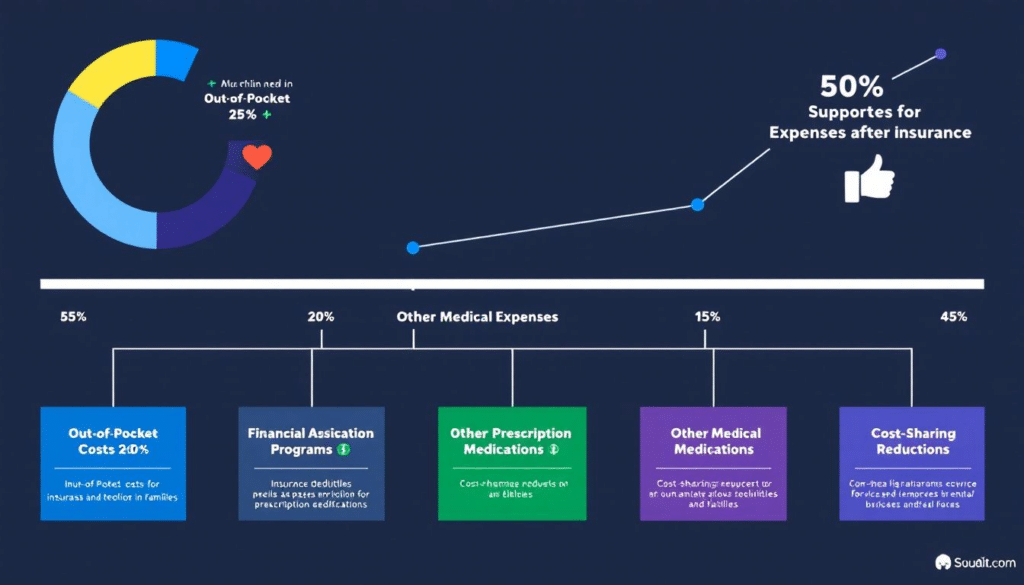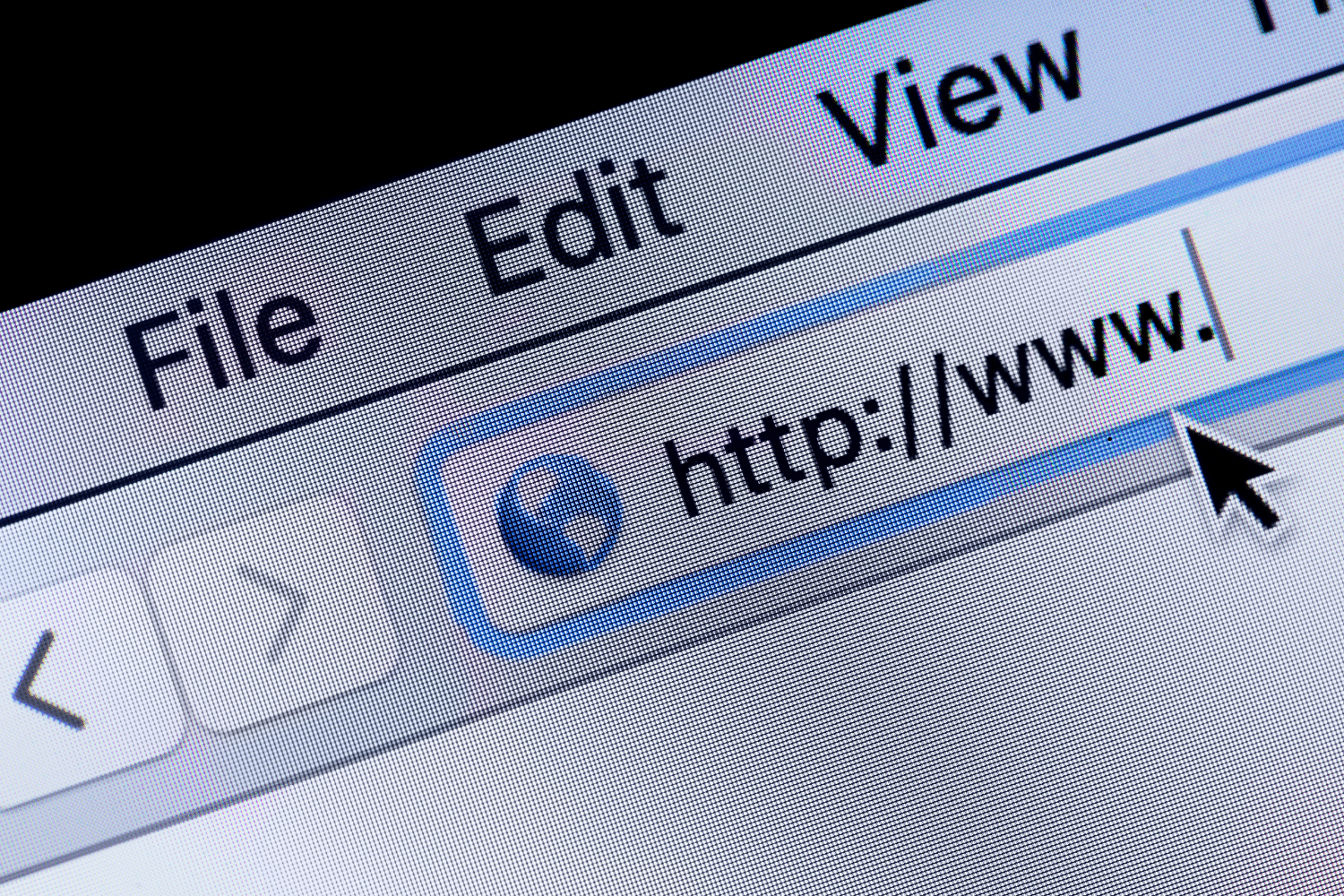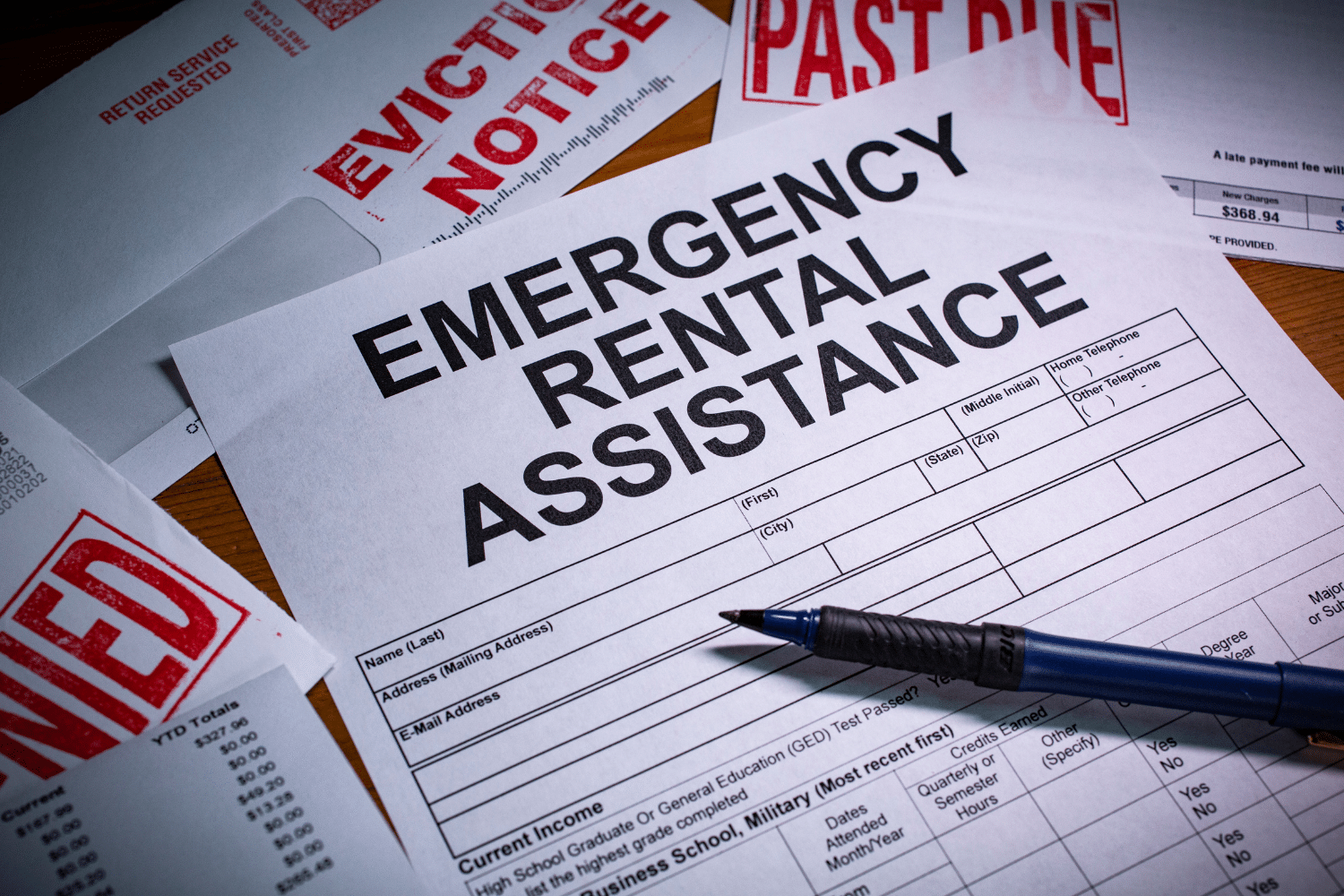Medical assistance programs offer health coverage for low-income individuals, children, seniors, and those with disabilities. Programs like Medicaid, CHIP, and Medicare help cover medical costs. This article explains the types of these programs, who qualifies, and how to apply.
Key Takeaways
- Medical assistance programs provide essential healthcare services based on income and needs, with variations across states reflecting different policies and funding levels.
- Eligibility for programs such as Medicaid, CHIP, and Medicare is determined by factors including income, residency, and specific conditions, with additional programs available to assist with medical expenses.
- The application process for medical assistance can be completed online, in person, or by mail, emphasizing the importance of accurate documentation and timely updates to personal information for maintaining coverage.
Understanding Medical Assistance Programs

Medical assistance programs play a crucial role in providing residents with essential healthcare services. They offer health coverage based on income and specific needs, making sure vulnerable populations receive quality care. They offer financial assistance for a broad range of medical services, including vision and dental care, which are often overlooked but equally important for overall health.
The implementation of these programs can vary by state, reflecting different policy priorities and funding levels. This means that while the overarching purpose is consistent – providing access to healthcare – the specifics can differ significantly depending on where you live. Grasping these nuances helps navigate the system effectively and maximize available benefits.
Eligibility Criteria for Medical Assistance
Qualifying for medical assistance usually involves meeting financial, residency, and citizenship requirements, with some exceptions for children. For instance, Medicaid eligibility often considers factors such as age, income level, family size, and specific conditions like pregnancy or disability. Knowing these criteria helps determine if you or your family members qualify for assistance.
Medicaid, one of the primary medical assistance programs, requires applicants to be residents of the state and can be either U.S. citizens or specific qualified non-citizens. CHIP, or the Children’s Health Insurance Program, primarily bases its eligibility on income and is aimed at uninsured children from low-income families who do not qualify for Medicaid. Special categories like children in foster care or those with disabilities may have additional considerations or exemptions.
Accurate contact details are essential for receiving notifications about eligibility and coverage renewals. States will typically reach out via mail if additional information is needed to assess ongoing eligibility for these programs. Keeping your information current can prevent interruptions in your coverage.
Types of Medical Assistance Programs

Several government programs provide financial assistance for medical bills, each catering to different segments of the population. The primary programs include Medicaid, CHIP, and Medicare. Each program has its own eligibility criteria and benefits, so it’s important to know which one suits your needs.
Medicaid provides comprehensive coverage for low-income individuals, CHIP offers health insurance for children from families that earn too much to qualify for Medicaid, and Medicare serves primarily those aged 65 and older along with certain younger individuals with disabilities.
Let’s delve deeper into each of these programs to understand their specifics and how they can assist you.
Medicaid
Medicaid is a government health coverage program designed to provide comprehensive health care, including preventive care, to eligible recipients. This program offers low-cost or free medical coverage to various groups, including low-income adults, children, pregnant women, seniors, and those with disabilities. Medicaid ensures that these groups can access necessary services such as doctor visits, hospital stays, and even dental care in most cases.
Eligibility for Medicaid is generally based on income, although other factors like age, pregnancy, and disability status also play a role. Applications for Medicaid can be submitted at any time through the state Medicaid agency or the Health Insurance Marketplace, making it accessible for those in need of immediate assistance.
CHIP (Children’s Health Insurance Program)
CHIP, or the Children’s Health Insurance Program, provides health insurance coverage for uninsured children from low-income families who do not qualify for Medicaid. This program ensures that children and teenagers up to the age of 19 have access to necessary health care services, including medical and dental care, which are crucial for their development and well-being.
The eligibility for CHIP varies by state and is primarily based on income. Families that earn too much to qualify for Medicaid but still need financial assistance for their children’s health insurance can benefit significantly from CHIP. This program helps bridge the gap, ensuring that no child goes without essential health care.
Medicare
Medicare is primarily designed for individuals aged 65 and older, along with certain younger individuals with disabilities. This program provides extensive health coverage, including doctor visits, hospital stays, and prescription drugs. Medicare provides necessary health care services to seniors and those with disabilities, reducing their financial burden.
Additional programs, such as Medicare Savings Programs, help cover Part A and Part B costs for eligible individuals, while Extra Help can assist with costs related to Medicare Part D prescription drug coverage. These resources ensure that Medicare recipients can manage their medical expenses more effectively.
Applying for Medical Assistance Programs

Applying for medical assistance programs can be done through various methods, including online, in person, by phone, or by mail. Each method has its own set of steps and requirements, but all aim to make the process as accessible as possible. Knowing the application process ensures you or your loved ones receive necessary health coverage without delays.
When applying, individuals must provide personal information and documentation, including proof of income and residency. The good news is that Medicaid coverage can begin on the application date or the start of the month when the application is submitted, with potential retroactive benefits.
Let’s explore the different application methods in more detail.
Online Application
Applying for medical assistance online is often the most convenient method. State-specific portals, such as ACCESS NEVADA, provide an easy way to start the application process. Gather required documents like proof of income, residency, and identification before applying online.
Visit the online portal, complete the application form by filling in your information accurately, and upload the required documents. Keep a record of confirmation numbers or documents after submitting your application and check the portal for status updates.
In Person Application
For those who prefer a more personal touch, applying for medical assistance in person is a viable option. This typically involves visiting your local Medicaid agency or designated office where representatives can assist with the application process.
In-person application provides immediate assistance and guidance, ensuring all documents are correctly filled out and submitted. This method benefits those who have questions or need additional support during the application process.
Paper Application
If you prefer handling physical documents, a paper application is another option. Paper applications can be downloaded from state health department websites or requested from local offices.
After completing the paper application, individuals must mail it to their local County Assistance Office for processing. This ensures you have a physical copy and can track its submission through mail services.
Additional Support for Medical Expenses

Beyond the primary medical assistance programs, there are various other resources available to help with medical expenses. These include free or low-cost medical care, government health insurance programs, and medical debt management plans. These options can offer additional peace of mind and financial relief.
Government health insurance programs like Medicaid and Medicare are essential resources for low-income individuals and families, covering a wide range of medical services. Additionally, the Ryan White HIV/AIDS Program offers support for medications and treatments for those who are uninsured or inadequately covered.
Here are some detailed support options.
Help with Medical Bills After Insurance
Medical assistance programs aim to reduce healthcare costs for low-income individuals, facilitating their access to necessary medical services. These programs ensure that vulnerable populations receive adequate healthcare coverage, thus contributing to overall public health.
Programs like Medicaid, Medicare, and ACA Marketplace can help cover medical bills after insurance. Government programs can help pay for various types of care, including medical, vision, and dental care.
Charity care might offer financial assistance for remaining medical bills after insurance payments. You can use debt management plans to lower interest rates and waive fees on medical debt.
Debt Management Plans
These plans can potentially reduce medical debt through lower interest rates and waived fees. These plans establish a manageable payment schedule, helping individuals to pay off their medical debt in a more structured and affordable manner.
Consolidating debts and negotiating with creditors through debt management plans can reduce the financial burden of medical bills. This approach helps manage existing debt and prevents future financial distress.
Free or Low-Cost Health Services

Government programs often provide free or low-cost medical care, ensuring that essential health services are accessible to everyone regardless of their financial situation. Eligibility for free vaccines and other health services is based on income, age, and health insurance coverage.
Beyond financial support, many programs offer resources for health education and wellness initiatives. Charity care programs can assist with medical bills after insurance coverage.
These services are vital for maintaining public health and preventing more severe health issues.
Keeping Your Information Updated
Updated contact information ensures timely notifications about eligibility checks and coverage renewals. Failing to update contact information can prevent notifications about important changes or required actions.
Various methods are available for individuals to update their contact information, including online platforms, in-person visits, and phone calls. States often launch public information campaigns to remind members about the importance of maintaining updated information for continuous coverage.
Summary
Navigating the world of medical assistance programs can seem daunting, but understanding the various options available can significantly ease the burden of medical expenses. From Medicaid, CHIP, and Medicare to additional support programs and debt management plans, there are numerous resources designed to help you access the health care you need.
Staying informed and proactive is key. Ensure you understand the eligibility criteria, keep your information updated, and explore all available resources to make the most of the assistance programs. Remember, these programs are here to support you and ensure that you receive the necessary health care without financial strain.
Frequently Asked Questions
Medicaid eligibility includes low-income individuals such as children, pregnant women, seniors, and individuals with disabilities, with factors like age and income level taken into consideration. Therefore, if you fall into one of these categories and meet the income requirements, you may qualify for Medicaid.
To apply for medical assistance online, visit state-specific portals or HealthCare.gov, gather necessary documents such as proof of income and residency, complete the application form, and submit it.
CHIP covers health insurance for uninsured children and teenagers up to the age of 19, including both medical and dental care. This ensures access to essential health services for young individuals.
The key difference lies in their target populations: Medicaid covers low-income individuals of all ages, including children and pregnant women, whereas Medicare is designed for individuals aged 65 and older, as well as certain younger individuals with disabilities.
It is crucial to keep your contact information updated to receive timely notifications regarding eligibility checks and coverage renewals, thus preventing interruptions in your medical assistance. Maintaining accurate information allows for seamless access to essential healthcare services.








